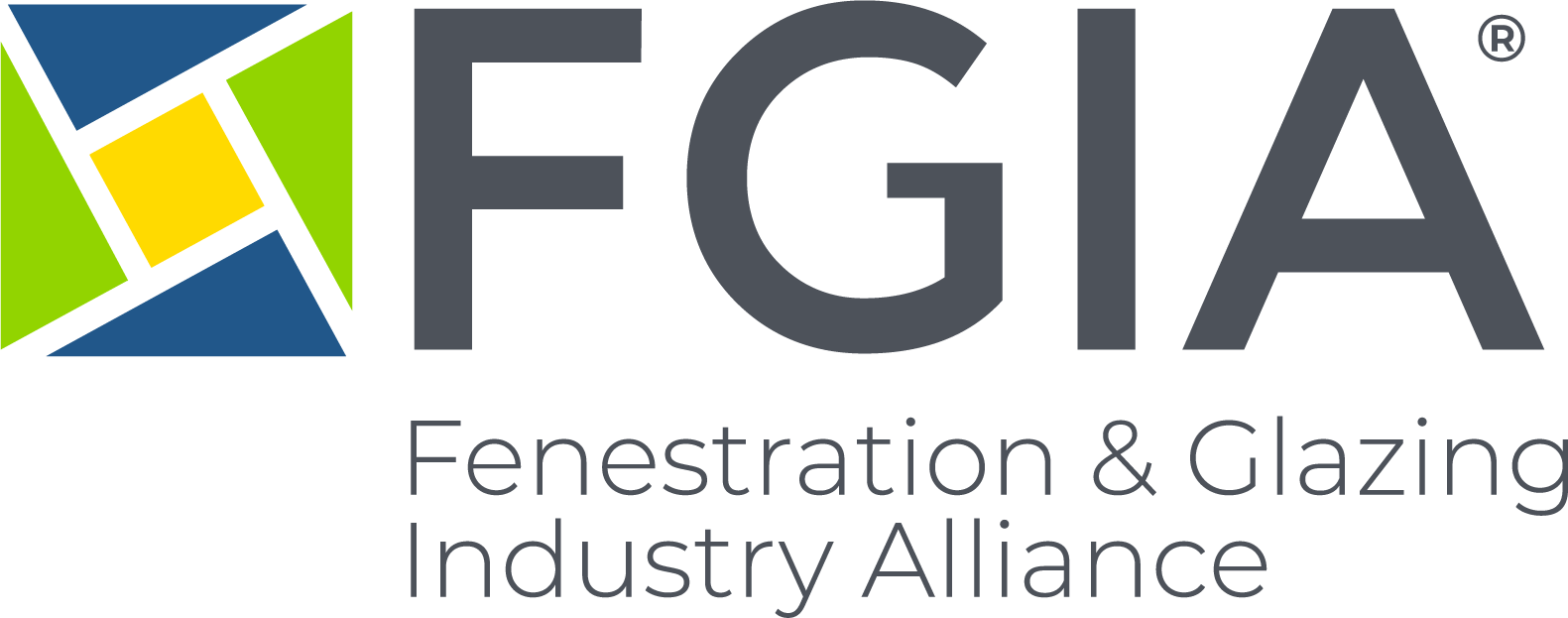Energy

Saving energy, adding comfort
Most energy-efficient residential windows offer double- or triple-pane insulating glass options. Insulating glass often includes an odorless, colorless inert gas, like Argon, that’s placed between the panes of glass to increase the window’s insulating value, helping keep your home warmer in the winter and cooler in the summer.
An easy way to choose energy-efficient windows is to look for products that meet ENERGY STAR® requirements. In the United States, the ENERGY STAR program was created by the U.S. Environmental Protection Agency and the U.S. Department of Energy to help consumers identify windows and other products that save energy.
ENERGY STAR is a voluntary program in the U.S., and in Canada, which recognizes windows, doors and skylights that are highly energy efficient.
The ENERGY STAR certification criteria is based on designated ENERGY STAR climate zones. Because their climates differ, so do ENERGY STAR zones and product certification distinctions in the U.S. and Canada.
For more information on the ENERGY STAR program in the United States, visit: energystar.gov
For a link to information about ENERGY STAR in Canada, visit: ENERGY STAR Canada
For more information on windows and other products designated as “Most Efficient” by ENERGY STAR, click here.
Low-E glass enhances energy efficiency
Residential windows with low emissivity glass (typically known as low-E), perform multiple functions. It is designed to allow visible light transmission while reflecting UV (ultraviolet) and IR (heat) from the solar spectrum. For instance, it reflects the sun’s harmful rays, helping protect your home and furnishings from fading while keeping your home cooler in the heat of the day.
Low-E glass also helps to keep your home warmer in the winter, reflecting the heat that’s inside your house back into it, to enhance thermal performance and reduce energy loss. Windows with low-E coated glass also allow visible light to stream into your home, without obstructing the view. Low-E glass helps homeowners save energy in their own home and helps reduce energy consumption as a whole, which saves money on utilities.
Insulating glass enhances energy efficiency
Insulating Glass (IG) consists of two or more panes of glass to help increase energy-efficiency as compared to windows with a single pane of glass. Factory-assembled IG units reduce the potential for moisture or fogging to occur between the panes of glass. Fogged units obscure the view through the window. Insulating glass units may or may not include an inert gas, like Argon, or other odorless colorless gasses, contained and sealed in the IG to improve the IG unit’s insulating properties.
What does U-factor mean?
U-factor, sometimes also referred to as U-value, is used to describe the insulating performance of windows. The lower the U-factor or U-value, the better the product’s insulating value. U-factors, or U-values, are the reciprocal of R-value, like commonly found on wall or roof insulation products — the higher the R-value, the better insulation in the walls and ceilings. To estimate the R-value of a window, calculate 1 / U. Example: U-factor is 0.28, R-value is 1 / 0.28, or 3.6.
A low U-factor, or U-value, is important in all climates. In Southern climates where air conditioning is important, a lower U-factor will save money by allowing less of the cool air to be lost to the outside of the house. Additionally, choose a window with a lower solar heat gain coefficient (SHGC) to block more of the sun’s heat rays.
What is solar heat gain and how is it measured?
Solar heat gain is how much heat passes through a window because of the sun’s rays shining on it. The Solar Heat Gain Coefficient (SHGC) is a measurement of how well a window product blocks heat from the sun. The lower a product’s SHGC, the less solar heat it allows to enter a building.

